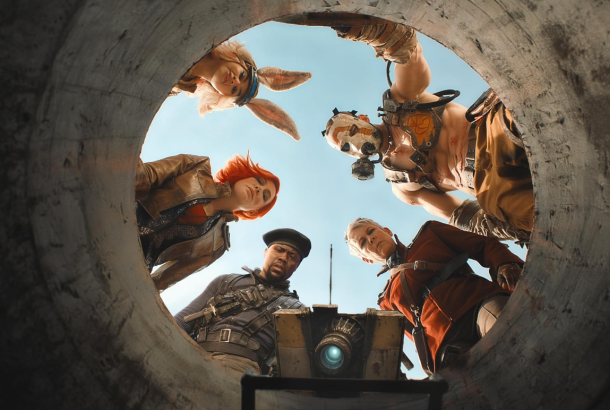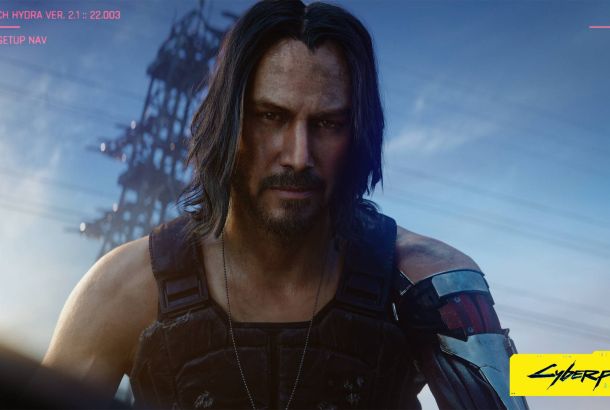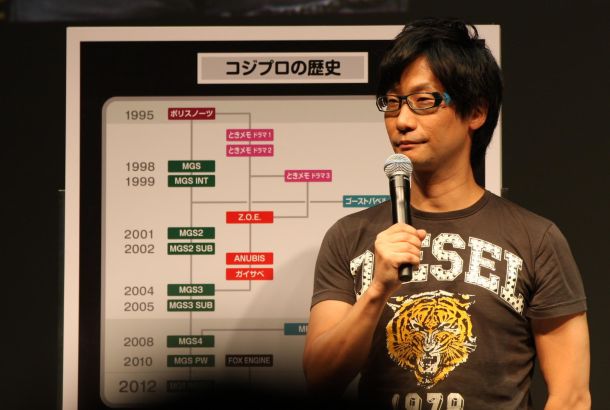Bloodborne – how to tell a story through lore
Fear what you do not understand.
This is one of the main themes of Bloodborne, the latest game from FromSoftware, released in March of this year. And this theme can very easily be applied to both the world of Yarnham and to first time players of this style of game. Bloodborne was the first FromSoftware game that I played, having much faster combat and—based upon trailers and reviews alone—a much more interesting world than their previous series of games: Demon Souls and Dark Souls.
The Souls series has become a big name in gaming, and Bloodborne is almost a spiritual successor to it, bearing many of the elements that made the Souls series so popular. Despite gaining a band of incredibly loyal followers, there are also those who actively avoid the games. This could be because the games are perceived as punishingly difficult or incredibly vague in their narrative, with very few cut-scenes and no strong objectives apart from the bare minimum: Ring the Bells (Dark Souls), Find the King (Dark Souls 2) and Seek Paleblood to Transcend the Hunt (Bloodborne). However, I would strongly argue that with these sorts of games, the criticisms listed above are actually some of their strongest features, and are not easy things to pull off in this medium.
The high level of difficulty was perhaps the most polarising aspect of the original Demons Souls, and this is the most well-known feature of the series, but the games should not be viewed as incredibly hard; rather, they should be viewed as unforgiving. To most of you, that might not sound better. It might even be worse, but stay with me. When you first begin any of these games, there is essentially no hand-holding. You are on your own and you have to work out how to play, where to go, how to fight, etc. Timing is key, and once you have this down, and start improving with the basics, you can get pretty far into the games. YOU have improved, the game hasn’t simply given you better gear and made the game easier, and learning from your mistakes is one of the best ways to learn.
Photo: FromSoftware, Bandai Namco Entertainment Inc.One of the best features of the Souls games—even more so for Bloodborne—is the use of atmosphere and light storytelling through lore and trying to piece things together for yourself. The story is not entirely set in stone; it can be left entirely up to your interpretation if you want, and Hidetaka Miyazaki (the creator of the series) encourages this, saying that each new interpretation just adds more depth to the world.
In an exclusive interview with FuturePress, the writers of the Collector’s Edition Guide for the game, Miyazaki discusses topics such as the use of dream worlds and reality in Bloodborne, with the main three being the Hunter’s Dream, the city Yharnam and the Nightmare of Mensis. The city at first seems to be the most realistic, but as the game progresses, what at once seemed to be the most real place in the game world starts to twist. The nightmare continues until it purely becomes interpretation as to what is real and what is not. Perhaps all of these worlds are dreams, but each is interconnected by some larger thread of the Great Ones—the mythical beings whom you encounter from time to time. Some of these worlds are even hidden away, and you could get all the way to one of the game’s three endings without ever experiencing these locations, such as Castle Cainhurst and the Nightmare Plain.
There is one strong example, though, of how an attempt at this kind of storytelling can be a very bad decision on the creator’s part, and might backfire upon them greatly. Destiny is the game that I am talking about. The original Destiny experience launched in September 2014, and whilst it sold phenomenally well, it was not the story that had been promised. Stating to have a quantity of lore similar to The Lord of the Rings or Star Wars, Destiny simply did not deliver such depth. All of the backstory is hidden away in cards, which you have to find in the game and then go to the Bungie website to read. The story here is set in stone but is placed apart from the game, thus breaking the immersion achieved so well in Bloodborne. Bungie have begun to rectify this issue in the latest expansion, The Taken King, but by reverting to the type of storytelling that they best used in the Halo franchise—giving a solid story presented to the player through cut-scenes and deliberate continuity, with those wanting extra backstory able to read up on it through ‘Terminals’ and books. The Taken King added a much more interesting, direct, plot, plus meaningful characterisation compared with that given in the base game.
Photo: FromSoftware, Bandai Namco Entertainment Inc.At this year’s Tokyo Game Show, Sony announced the first and apparently only expansion for Bloodborne, titled ‘The Old Hunters’. According to Masaaki Yamagiwa, two expansions were originally planned, but as FromSoftware are currently working up to the release of Dark Souls 3 (announced at E3 this year), they decided to merge the two downloadable content packs into a single, larger expansion. This will include many new weapons and armour sets but, perhaps more importantly, myriad new areas and bosses with the new lore being based around hunters mentioned previously in the game’s lore, such as Ludwig, the First Hunter and now one of the bosses (as shown at TGS). Partway through the main game, players will now be able to enter a “nightmare world where hunters from the past are trapped forever,” and this will only add to the speculation of the narrative.
What is important to know is that, with the previous games in the Souls series, the ending ultimately does not matter. It is clichéd to say that the journey is more important than the destination, but that really is the case, I believe. It is your own story within these worlds that keeps bringing players back and uncovering further the layers of lore waiting to be found and analysed anew. As far as I am aware, though, Bloodborne is the only one to buck this trend through one of its three endings.
*SPOILER WARNING: I shall be talking about all of Bloodborne’s three endings in the paragraph below. Please skip to the end of the article if you wish to avoid spoilers*
In the third, ‘secret’ ending of the game, you can ‘ascend’ to become a Great One and “lift humanity into its next childhood.” This is the only ending that breaks the cyclical nature of these games. If you instead choose the first ending, you will be released from the dream and will move on. With the second ending, you will become the Watcher of the dream and will guide other hunters through it. In both Dark Souls games, you either let the fire die out or you give your life to let it burn a little longer (but it will still die out eventually).
*END SPOILERS*
Hopefully, this new expansion will further improve the world of Bloodborne and maybe even attract a host of new players to the great experiences one can discover in the fantastical world of Yharnam, such as the beasts that now dwell there.
And so, the hunt begins again…







